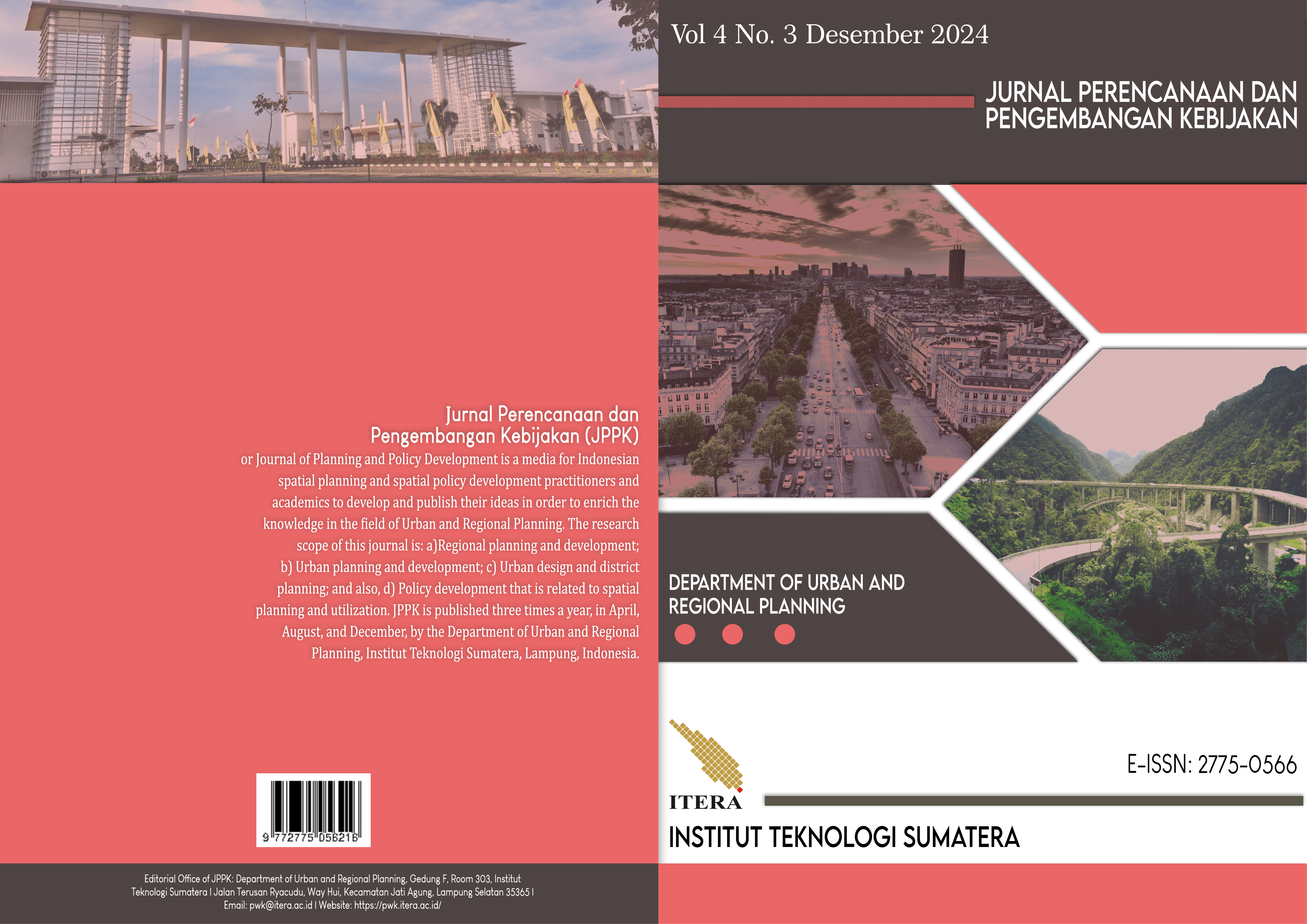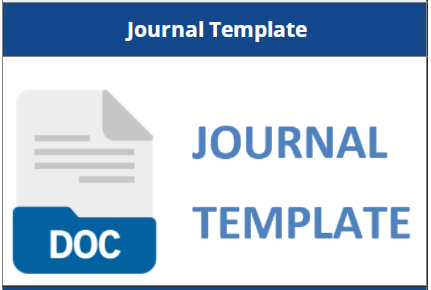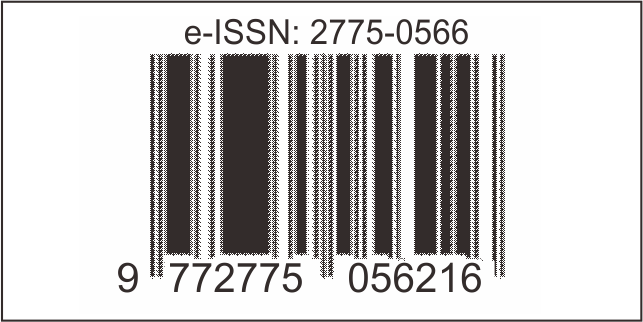Pola Morfologi dan Perkembangan Kecamatan Natar
Abstract
The development of a city takes place rapidly due to its attractiveness from both economic and non-economic sides. Rural conditions that are inversely proportional to urban areas drive urbanization. Natar District, part of the Bandar Lampung Metropolitan Area and adjacent to Bandar Lampung City, has undergone changes in morphological patterns. Identifying the morphology of a city area is critical for its development to avoid morphological defects or urban sprawl. This research used a deductive approach, referring to Smailes’ theory, identifying morphology using 3 components: road network patterns, land use and building patterns and densities. In 2012, the morphological pattern in Natar District was linear beaded with the Lintas Sumatra Road as a linear line and Radin Inten II Airport Area, Rejosari Station, Natar Traditional Market, and Hajimena Village as beads (morphological core). In 2022, the morphological pattern in Natar District has developed, still having beaded linear pattern, but there are an additional 2 beads as the core morphology, namely the office, trade and services areas Merak Batin and Natar Toll Exit Area. The development of Natar District is influenced by external factors such as its position adjacent to Bandar Lampung City and internal factors such as facilities and infrastructure.
Downloads
References
[2]. Daradjat, M. D. (2022). Pemanfaatan Pemodelan Tutupan Lahan Terbangun Berbasis Cellular Automata Sebagai Arahan Pengendalian Pemanfaatan Ruang Di Kawasan Metropolitan Bandar Lampung. Bandar Lampung.
[3]. Kushardono, D. (2019). Klasifikasi Digital Data Penginderaan Jauh Mendukung Percepatan Penyediaan Informasi Geospasial.
[4]. Lenaini, I. (2021). Teknik Pengambilan Sampel Purposive Dan Snowball Sampling. Jurnal Kajian, Penelitian & Pengembangan Pendidikan Sejarah, 6(1), 33–39. Retrieved from p-ISSN 2549-7332 %7C e-ISSN 2614-1167%0D
[5]. N. Daldjoeni. (1998). Geografi Kota dan Desa. Bandung.
[6]. Rasman, A. F. (2019). Perubahan Morfologi wilayah peri urban akibat pengaruh keberadaan ITERA.
[7]. Risnawati Kamarudin. (2012). Daya Tarik Dan Daya Dorong Perkembangan Kota Kabupaten Bulukumba Sulawesi Selatan. Retrieved from httppasca.unhas.ac.idjurnalfiles540bc7fd49efc7f2a287c2d7ce84447a.pdf
[8]. Sugiyono. (2020). Metode Penelitian Pendidikan Pendekatan Kuantitatif, Kualitatif dan Kombinasi (Mixed Methods). Bandung: ALFABETA.
[9]. Tersiana, A. (2018). Metode Penelitian. Yogyakarta: [Start Up] Yogyakarta.
[10]. Yunus, H. S. (2000). Struktur Tata Ruang Kota. Yogyakarta: Pustaka Pelajar.
[11]. Zahnd, M. (1999). Perancangan Kota Secara Terpadu : Teori Perancangan Kota Dan Penerapannya.












